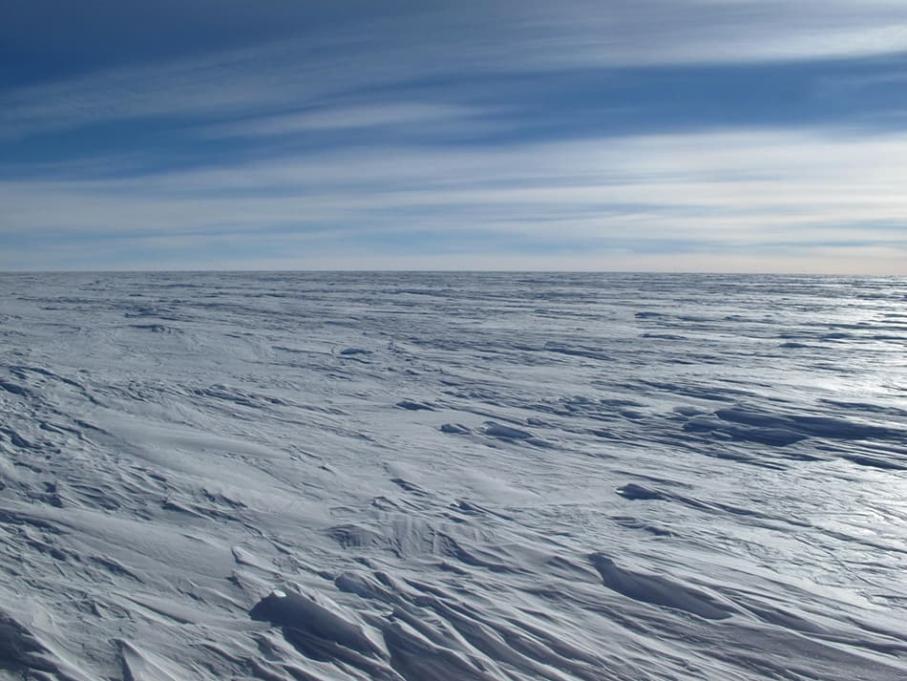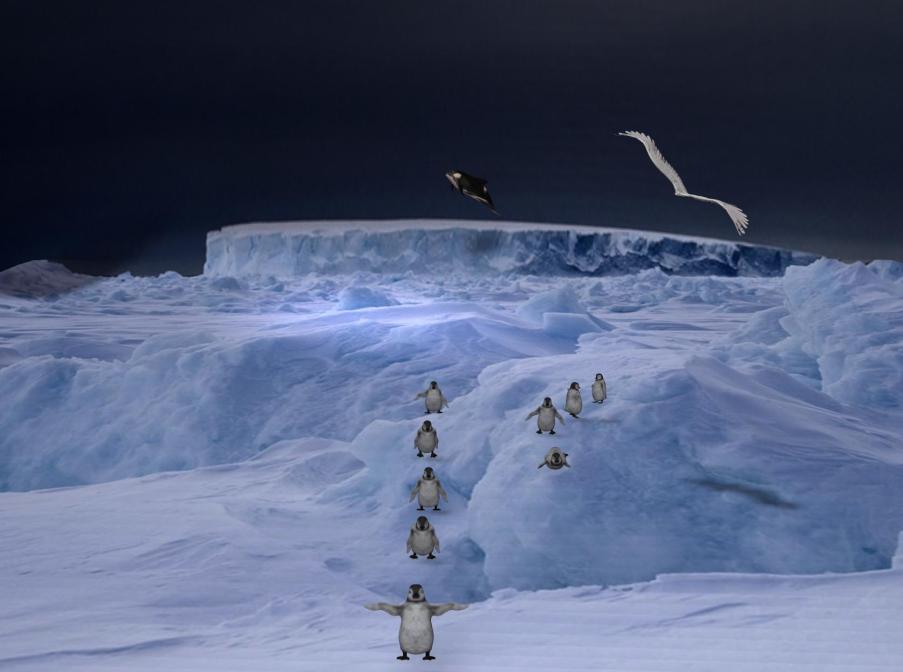What Are the Best Ways to Capture the Northern Lights on Camera?
The Northern Lights, also known as Aurora Borealis, are a natural phenomenon that occurs when charged particles from the sun interact with the Earth's atmosphere. This interaction creates a mesmerizing display of lights in the sky, often visible in regions near the Arctic Circle.

Capturing the Northern Lights on camera is a challenging yet rewarding experience for photographers. With the right equipment, location, and techniques, you can create stunning images that showcase the beauty and allure of this natural wonder.
Essential Equipment For Northern Lights Photography
- Camera: A DSLR or mirrorless camera with manual settings capability is essential for Northern Lights photography. A full-frame sensor is recommended for better low-light performance.
- Lens: A wide-angle lens (e.g., 14-24mm) is ideal for capturing the vastness of the aurora. A fast lens (e.g., f/2.8 or wider) is also necessary for low-light conditions.
- Tripod: A sturdy tripod is crucial to ensure stability and prevent camera shake. A tripod with a ball head is recommended for easy adjustment and framing.
- Remote Shutter Release: A remote shutter release allows you to trigger the camera without touching it, avoiding camera shake caused by pressing the shutter button manually.
Choosing The Right Location
- Research and identify prime locations known for Northern Lights sightings. Popular destinations include Iceland, Norway, Sweden, Finland, and Alaska.
- Consider factors such as darkness, lack of light pollution, and unobstructed views when choosing a location. Dark skies and minimal light pollution are essential for capturing the aurora's faint glow.
- Check aurora forecasts and weather conditions before planning your trip. Clear skies and low levels of solar activity are ideal conditions for Northern Lights photography.
Camera Settings For Northern Lights Photography
- Aperture: Use a wide aperture (e.g., f/2.8) to let in as much light as possible, especially in low-light conditions.
- Shutter Speed: Use long exposure times (e.g., 10-30 seconds) to capture the movement and flow of the aurora. Experiment with different shutter speeds to achieve the desired effect.
- ISO: Set a high ISO (e.g., ISO 1600-3200) to compensate for the low light conditions. However, be mindful of noise levels as ISO increases.
- White Balance: Adjust the white balance to match the color temperature of the aurora. This will help ensure accurate colors in your images.
Composition And Techniques
- Experiment with different compositions, including foreground elements such as trees, mountains, or buildings, to add depth and interest to your shots.
- Use leading lines, such as roads or rivers, to draw the viewer's attention to the aurora.
- Capture the aurora in different phases and colors. The aurora can change rapidly, so be prepared to adjust your settings and composition accordingly.
- Consider including stars, silhouettes, or reflections in your shots to create more dynamic and visually appealing images.
Post-Processing Tips
- Use software such as Adobe Lightroom or Photoshop to adjust exposure, contrast, and colors. Fine-tuning these elements can enhance the overall look and feel of your images.
- Reduce noise and enhance sharpness. Noise reduction tools can help minimize unwanted noise in your images, while sharpening tools can bring out details and clarity.
- Experiment with creative editing techniques to bring out the beauty of the aurora. Techniques such as HDR (High Dynamic Range) merging and luminosity masking can help create striking and impactful images.
Capturing the Northern Lights on camera is an unforgettable experience that requires careful planning, the right equipment, and a keen eye for composition. By following these tips and techniques, you can create stunning images that showcase the magic and wonder of this natural phenomenon.
So, pack your camera, venture into the darkness, and let the Northern Lights inspire your creativity.

YesNo

Leave a Reply